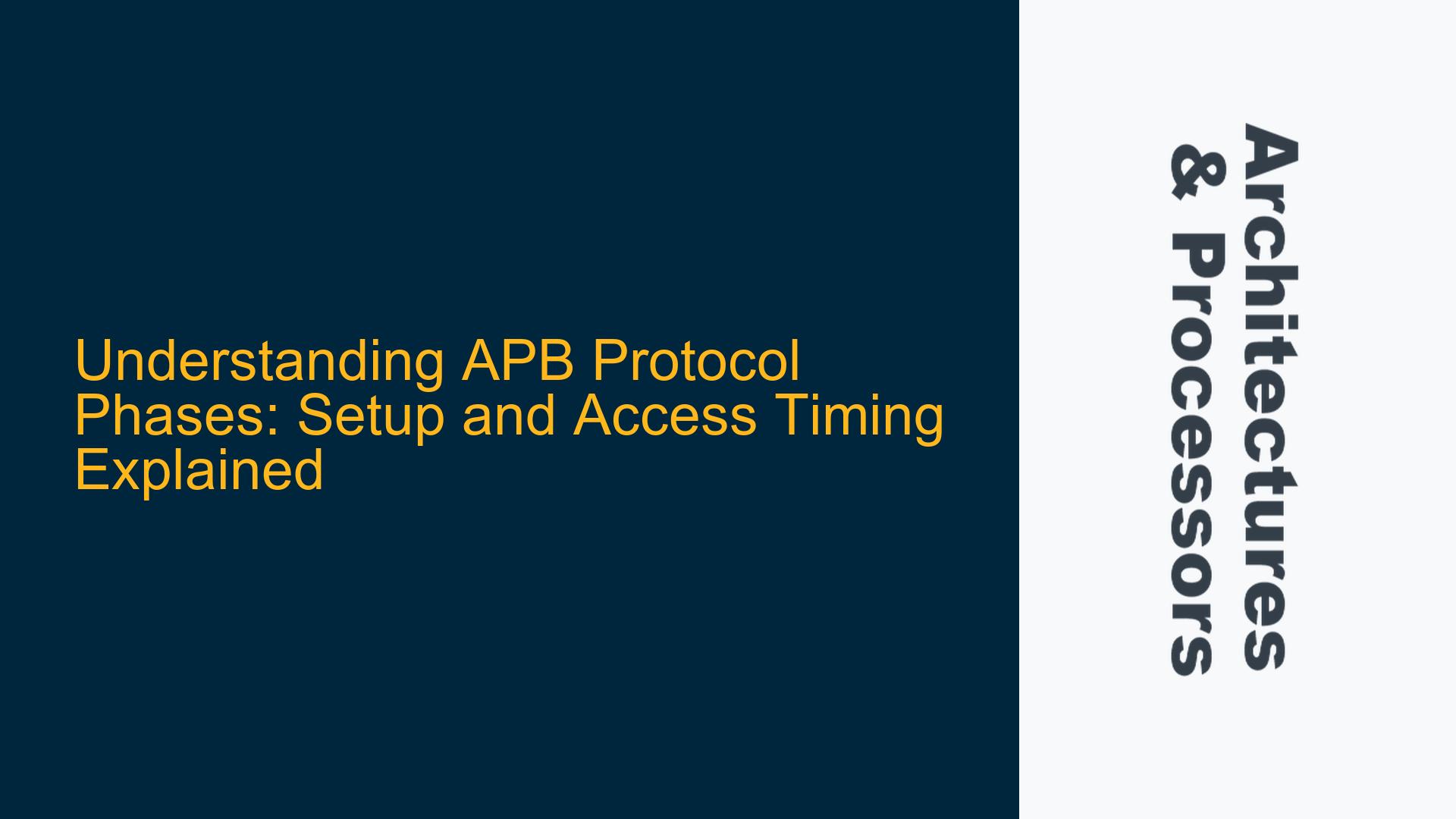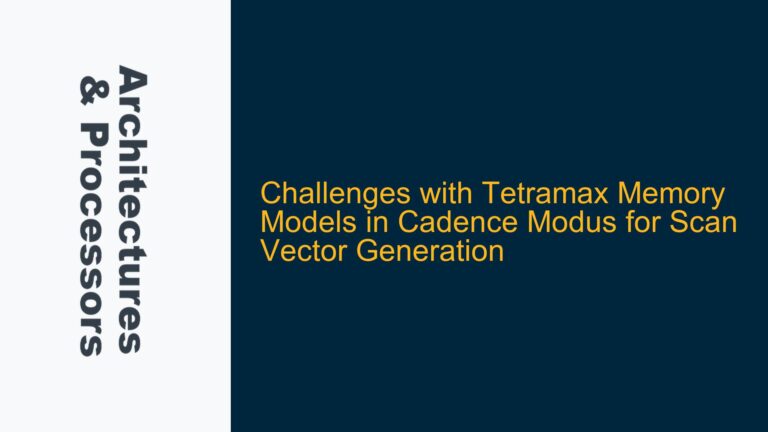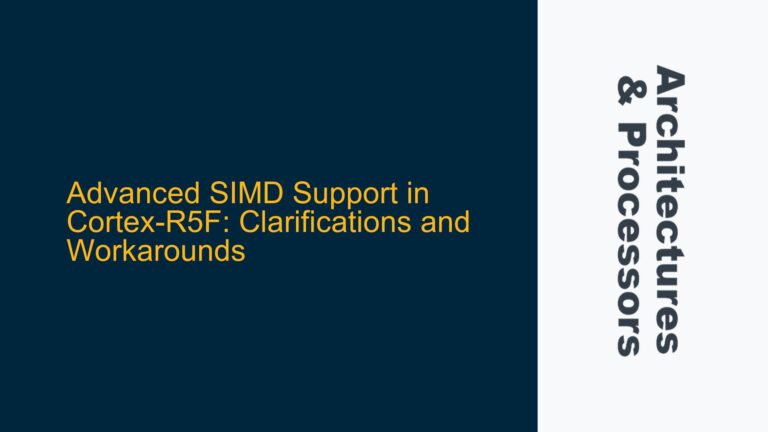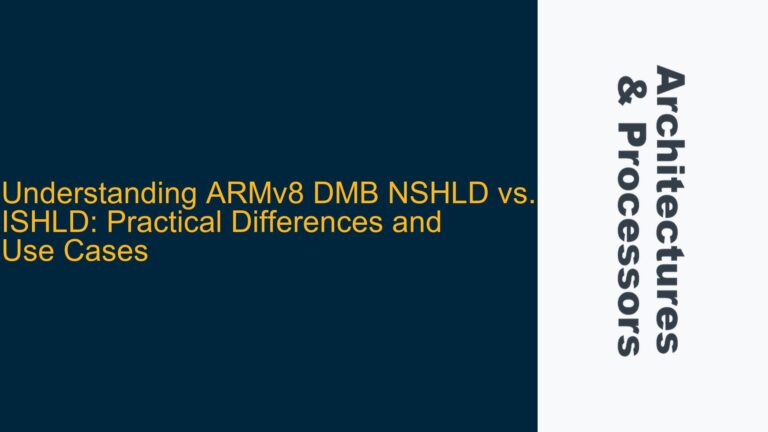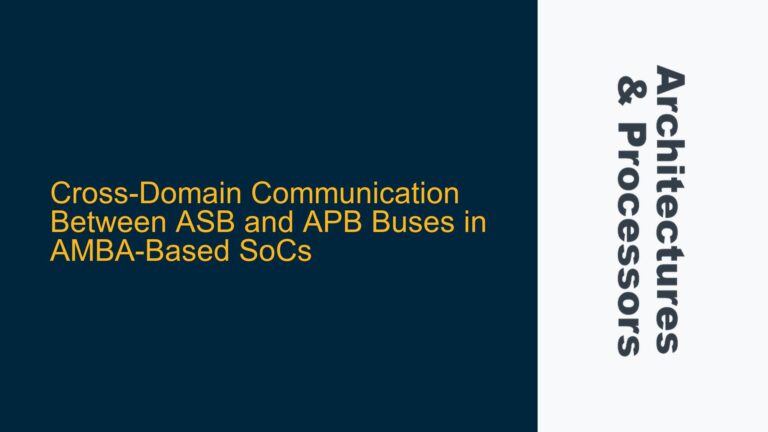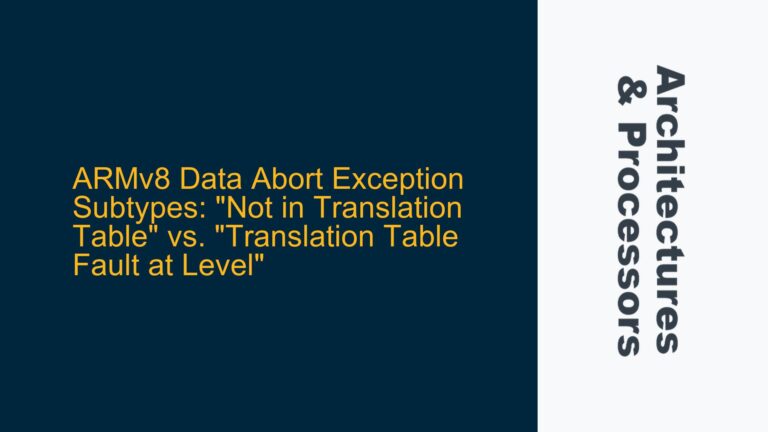APB Protocol Setup and Access Phases: Purpose and Timing
The Advanced Peripheral Bus (APB) protocol, part of the ARM AMBA (Advanced Microcontroller Bus Architecture) family, is designed for low-power, low-complexity peripheral interfacing. The protocol operates in two distinct phases: the Setup Phase and the Access Phase. These phases are critical for ensuring reliable communication between the APB master and slave devices. The Setup Phase is initiated when the master drives the control signals (PSEL, PADDR, PWRITE, etc.) to indicate the start of a transaction. The Access Phase begins when the master asserts the PENABLE signal, signaling the slave to respond with PREADY and, if applicable, PRDATA or PSLVERR.
The separation of these phases is not arbitrary but is a deliberate design choice to simplify the protocol and ensure synchronous operation. During the Setup Phase, the master provides the slave with all necessary information about the transaction, such as the address, write data, and control signals. The slave uses this information to prepare for the transaction. In the Access Phase, the slave acknowledges the transaction by asserting PREADY and, in the case of a read operation, provides the requested data on PRDATA. This two-phase approach ensures that the slave has sufficient time to decode the transaction and respond appropriately.
The assertion of PENABLE in the Access Phase is critical because it acts as a synchronization point between the master and slave. Without this separation, the slave would not have enough time to process the transaction request, leading to potential timing violations or incorrect data transfers. The delay between the Setup Phase and the Access Phase is not a flaw but a feature that ensures the protocol’s robustness and simplicity.
Why PENABLE and Data/Control Signals Are Not Simultaneous
A common question arises regarding why the PENABLE signal is not asserted simultaneously with the data and control signals during the Setup Phase. The primary reason lies in the synchronous nature of the APB protocol and the need to ensure that the slave has sufficient time to decode and respond to the transaction. If PENABLE were asserted at the same time as the control signals, the slave would not have enough time to process the transaction request, leading to potential timing violations or incorrect data transfers.
During the Setup Phase, the master drives the control signals (PSEL, PADDR, PWRITE, etc.) to indicate the start of a transaction. The slave uses these signals to decode the transaction and prepare for the Access Phase. If PENABLE were asserted simultaneously, the slave would not have enough time to decode the transaction and respond appropriately. This would result in the slave either missing the transaction or responding incorrectly, leading to potential data corruption or system failures.
The delay between the Setup Phase and the Access Phase ensures that the slave has sufficient time to decode the transaction and prepare for the Access Phase. This delay is not a flaw but a feature that ensures the protocol’s robustness and simplicity. By separating the Setup Phase and the Access Phase, the APB protocol ensures that the slave has sufficient time to decode the transaction and respond appropriately, leading to reliable and predictable operation.
Implementing APB Protocol: Best Practices for Setup and Access Phases
To ensure reliable operation of the APB protocol, it is essential to follow best practices for implementing the Setup Phase and Access Phase. During the Setup Phase, the master should drive the control signals (PSEL, PADDR, PWRITE, etc.) to indicate the start of a transaction. The slave should use these signals to decode the transaction and prepare for the Access Phase. The master should then assert PENABLE to indicate the start of the Access Phase, signaling the slave to respond with PREADY and, if applicable, PRDATA or PSLVERR.
One common issue that can arise during the implementation of the APB protocol is the incorrect timing of the PENABLE signal. If PENABLE is asserted too early, the slave may not have enough time to decode the transaction and respond appropriately. If PENABLE is asserted too late, the transaction may be delayed, leading to potential performance issues. To avoid these issues, it is essential to ensure that the PENABLE signal is asserted at the correct time, typically one clock cycle after the control signals are driven during the Setup Phase.
Another common issue is the incorrect handling of the PREADY signal by the slave. The PREADY signal is used by the slave to indicate that it is ready to complete the transaction. If the slave does not assert PREADY correctly, the transaction may be delayed or fail altogether. To avoid these issues, it is essential to ensure that the slave asserts PREADY at the correct time, typically during the Access Phase when PENABLE is asserted.
In addition to timing issues, it is also essential to consider the handling of error conditions during the Access Phase. The PSLVERR signal is used by the slave to indicate that an error has occurred during the transaction. If the slave does not assert PSLVERR correctly, the master may not be aware of the error, leading to potential data corruption or system failures. To avoid these issues, it is essential to ensure that the slave asserts PSLVERR at the correct time, typically during the Access Phase when PENABLE is asserted.
In conclusion, the APB protocol’s Setup Phase and Access Phase are critical for ensuring reliable communication between the master and slave devices. By following best practices for implementing these phases, designers can ensure that the protocol operates reliably and predictably, leading to robust and efficient system designs.
